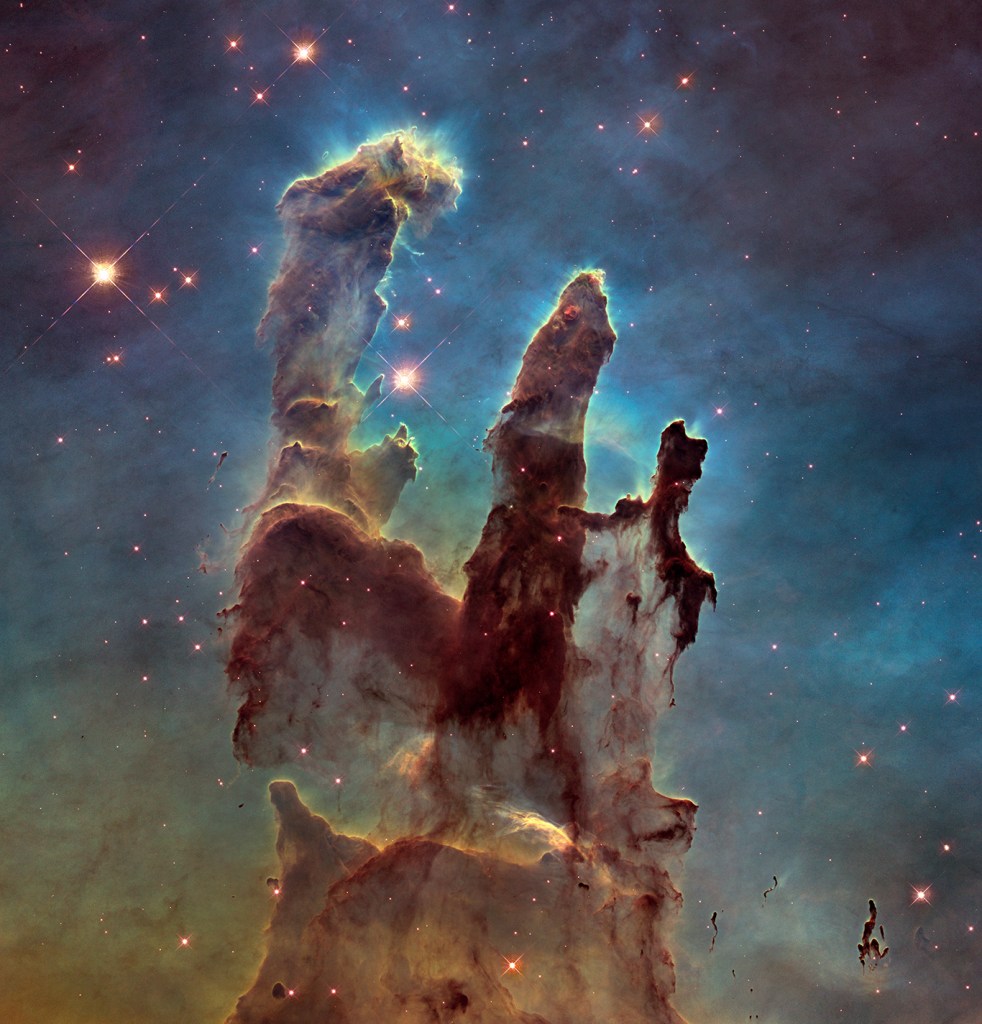Edited by Linda Billings
NASA’s first successful mission to another planet, Mariner 2 to Venus in 1962, marked the beginning of what NASA Chief Scientist Jim Green describes in this volume as “a spectacular era” of solar system exploration. In its first 50 years of planetary exploration, NASA sent spacecraft to fly by, orbit, land on, or rove on every planet in our solar system, as well as Earth’s Moon and several moons of other planets. Pluto, reclassified as a dwarf planet in 2006, was visited by the New Horizons spacecraft in 2015.
What began as an endeavor of two nations—the United States and the former Soviet Union—has become a multinational enterprise, with a growing number of space agencies worldwide building and launching planetary exploration missions—sometimes alone, sometimes together.
In this volume, a diverse array of scholars addresses the science, technology, policy, and politics of planetary exploration. This volume offers a collection of in-depth studies of important projects, decisions, and milestones of this era.
It is not possible to foresee what the next 50 years of NASA’s planetary exploration program will reveal. However, the 2020s are already looking promising. Planetary missions in recent years have focused more and more on exploring potentially habitable environments in our solar system and developing a more in-depth understanding of the evolution of planetary environments. Upcoming missions will continue to do so. In 2020, NASA launched its Mars 2020 rover, Perseverance, and in 2022 the European Space Agency will launch its Exomars rover. The Lucy and Psyche asteroid missions are set to launch in this decade, as are the Dragonfly mission to Titan and the Europa Clipper mission to the eponymous Jovian moon. Planetary defense is a new addition to NASA’s planetary portfolio, and the Agency’s Double Asteroid Redirection Test—its first planetary defense mission—is due to launch in 2021. NASA plans to develop a Near Earth Object Surveillance Mission this decade as well. It is safe to say that by 2062, our understanding of our solar system will be radically different than it is today. And we will look forward to it.
Contents
Foreword. By Linda Billings
Introduction: NASA’s Solar System Exploration Paradigm: The First 50 Years and a Look at the Next 50. By James L. Green and Kristen J. Erickson
PART I. Overview
- Chapter 1: Exploring the Solar System: Who Has Done It, How, and Why? By Peter J. Westwick
PART II. Politics and Policy in the Conduct of Solar System Exploration
- Chapter 2: Funding Planetary Science: History and Political Economy. By Jason W. Callahan
- Chapter 3: The Politics of Pure Space Science, the Essential Tension: Human Spaceflight’s Impact on Scientific Exploration. By Roger Handberg
PART III. The Lure of the Red Planet
- Chapter 4: Designing Mars Sample Return, from Viking to the Mars Science Laboratory. By Erik M. Conway
- Chapter 5: NASA, Big Science, and Mars Exploration: Critical Decisions from Goldin to Bolden. By W. Henry Lambright
PART IV. Public Perceptions, Priorities, and Solar System Exploration
- Chapter 6: Survivor! (?) The Story of S. mitis on the Moon. By Linda Billings
- Chapter 7: “Killer Asteroids”: Popular Depictions and Public Policy Influence. By Laura M. Delgado López
- Chapter 8: The Outer Solar System: Exploring Through the Public Eye. By Giny Cheong
Part V. Exploring the Outer Solar System
- Chapter 9: Europe’s Rendezvous with Titan: The European Space Agency’s Contribution to the Cassini-Huygens Mission to the Saturnian System. By Arturo Russo
Part VI. Institutional Arrangements in Solar System Exploration
- Chapter 10: Ranger: Circumstances, Events, Legacy. By James D. Burke and Harris M. Schurmeier
- Chapter 11: Mariner 2 and the CSIRO Parkes Radio Telescope: 50 Years of International Collaboration. By John Sarkissian
- Chapter 12: International Cooperation in Solar System Exploration: A Transnational Approach to the History of the
International Solar Polar Mission and Ulysses. By Petar Markovski
Epilogue. By Linda Billings

NASA SP-2021-4705
More History Publications
Explore more titles in NASA's History Series.





























